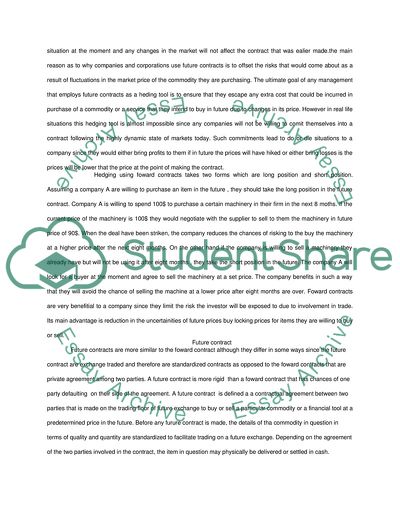Cite this document
(Hedging techniques Essay Example | Topics and Well Written Essays - 2000 words, n.d.)
Hedging techniques Essay Example | Topics and Well Written Essays - 2000 words. https://studentshare.org/finance-accounting/1815762-hedging-techniques
Hedging techniques Essay Example | Topics and Well Written Essays - 2000 words. https://studentshare.org/finance-accounting/1815762-hedging-techniques
(Hedging Techniques Essay Example | Topics and Well Written Essays - 2000 Words)
Hedging Techniques Essay Example | Topics and Well Written Essays - 2000 Words. https://studentshare.org/finance-accounting/1815762-hedging-techniques.
Hedging Techniques Essay Example | Topics and Well Written Essays - 2000 Words. https://studentshare.org/finance-accounting/1815762-hedging-techniques.
“Hedging Techniques Essay Example | Topics and Well Written Essays - 2000 Words”. https://studentshare.org/finance-accounting/1815762-hedging-techniques.


